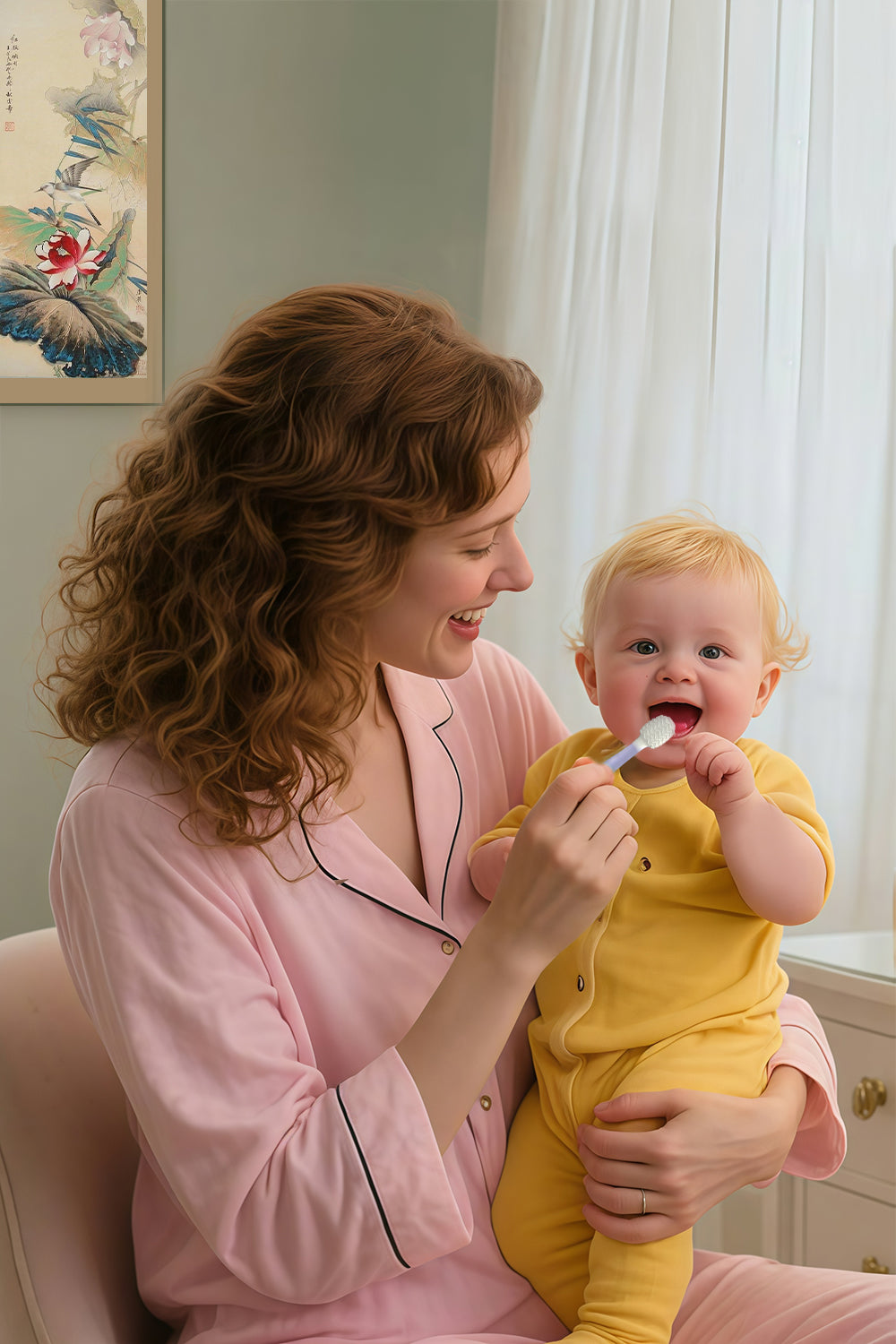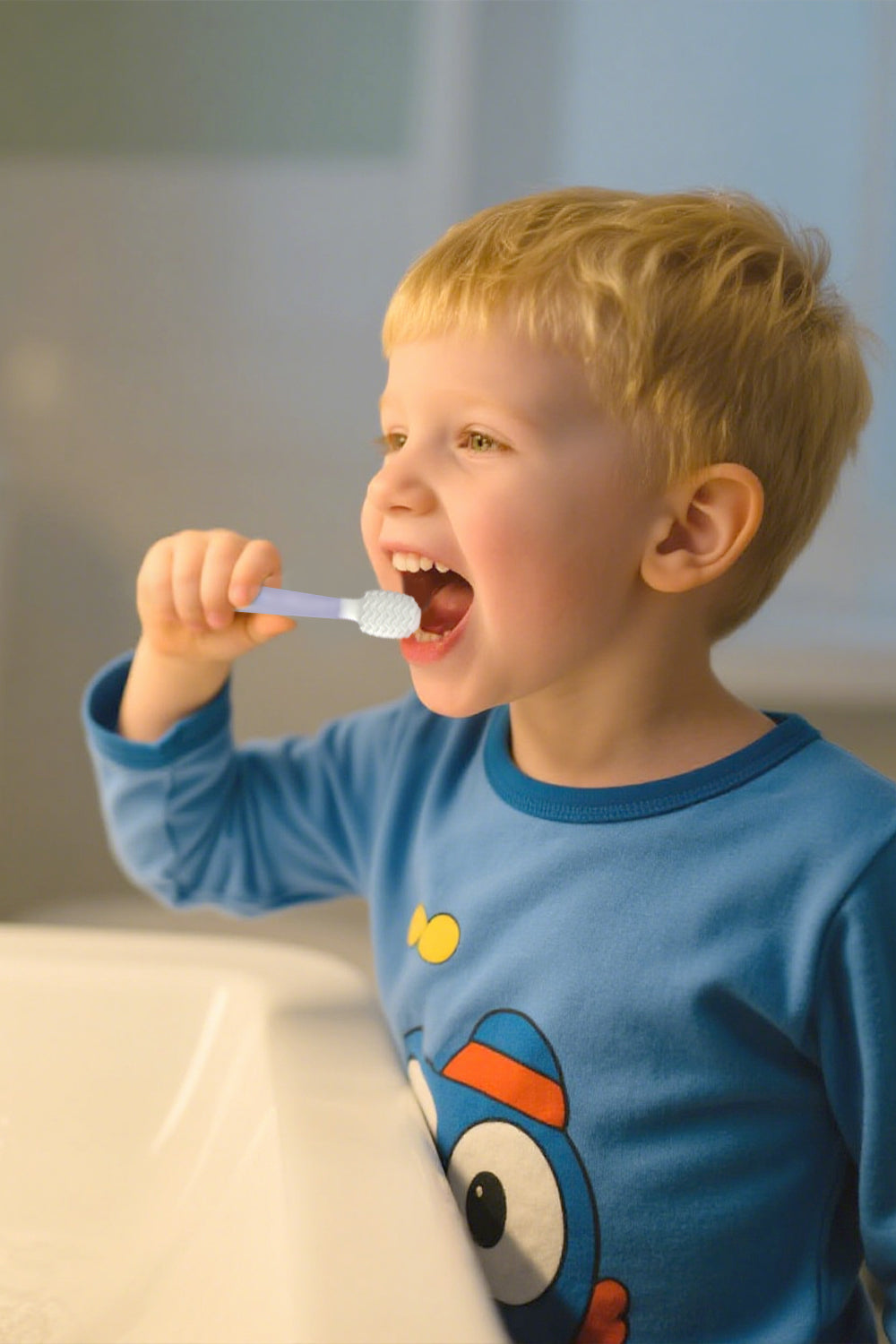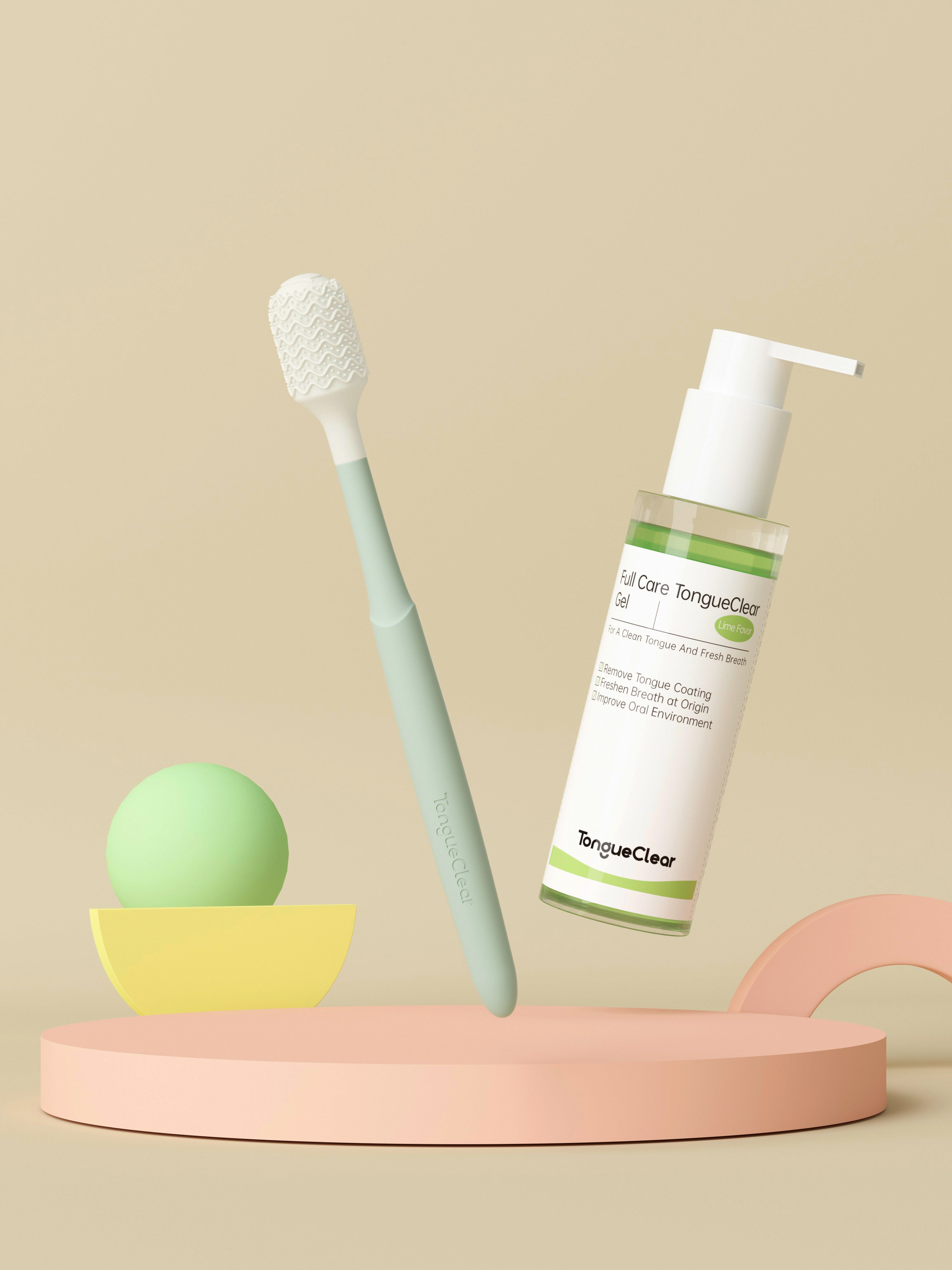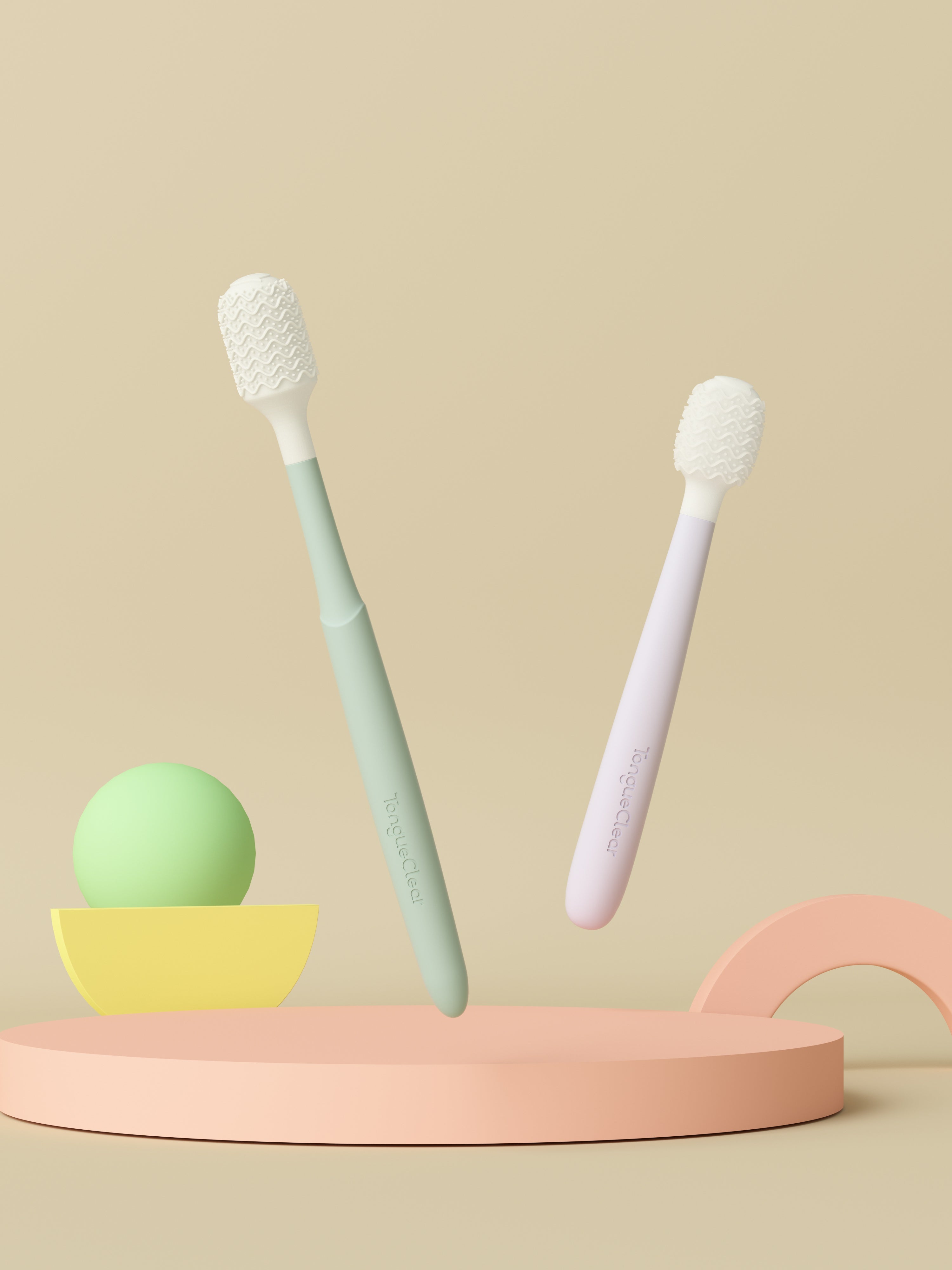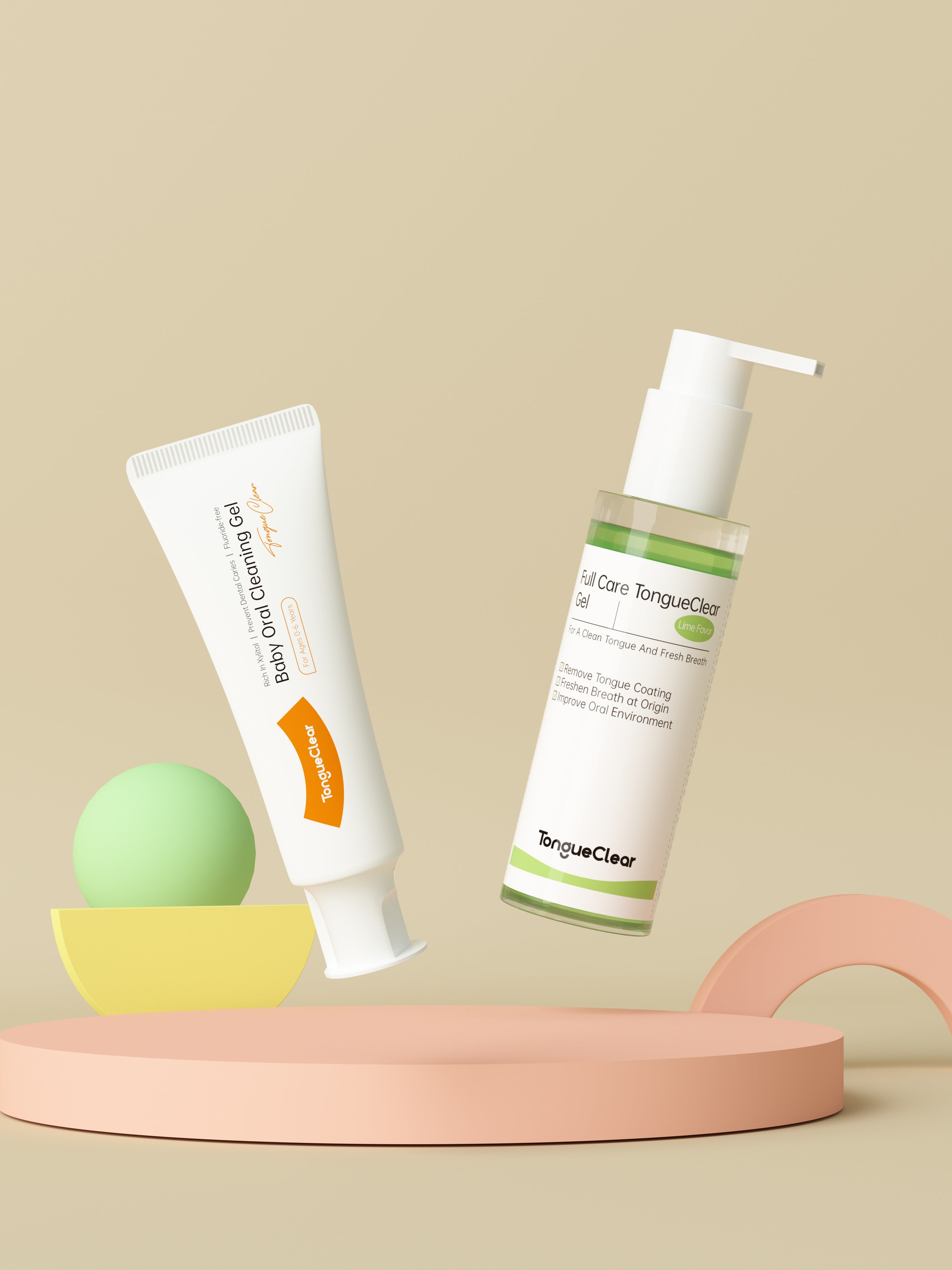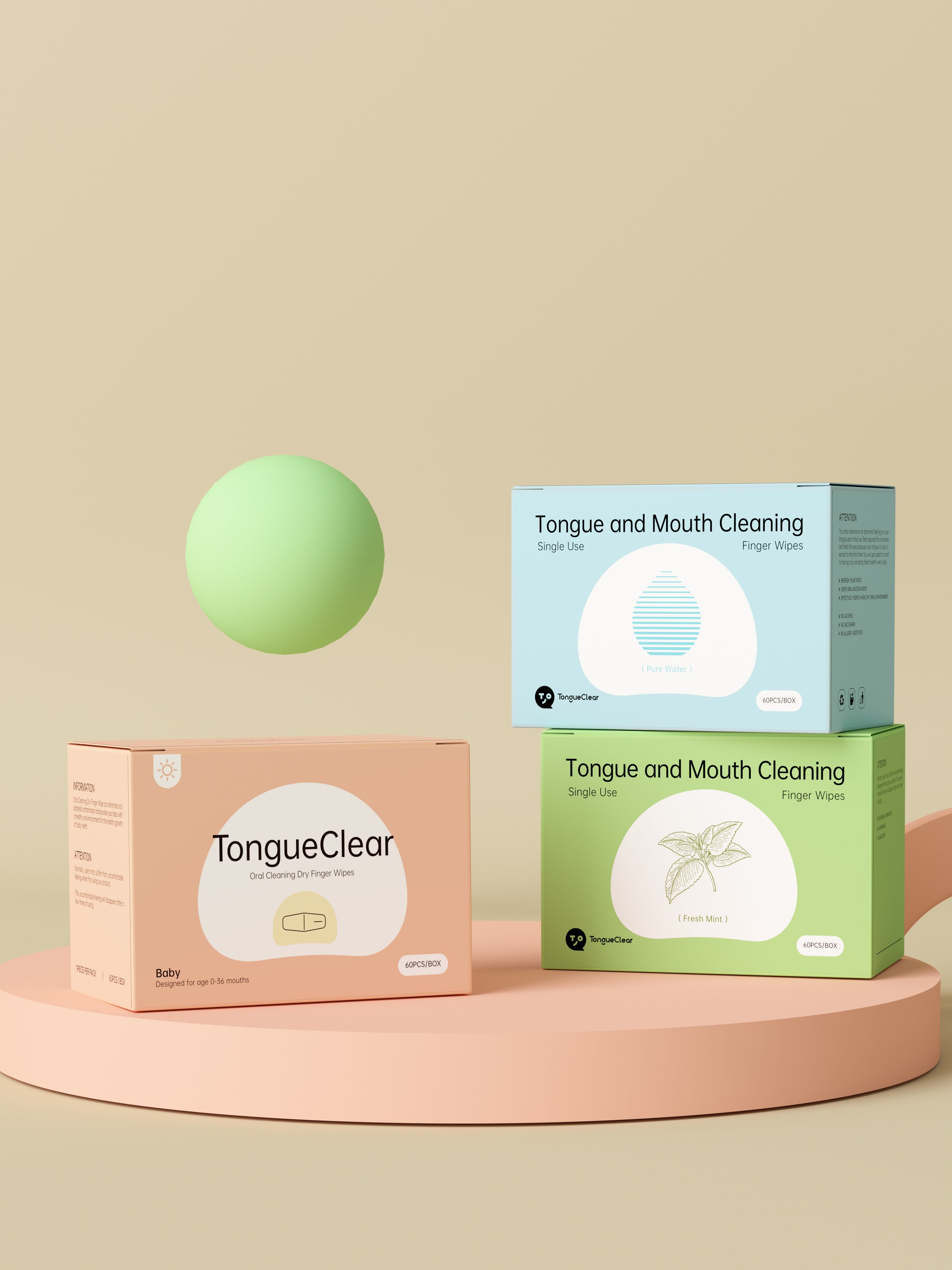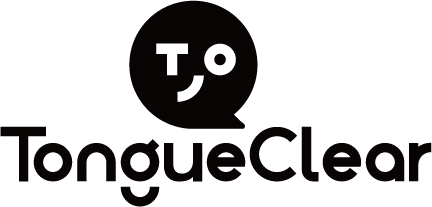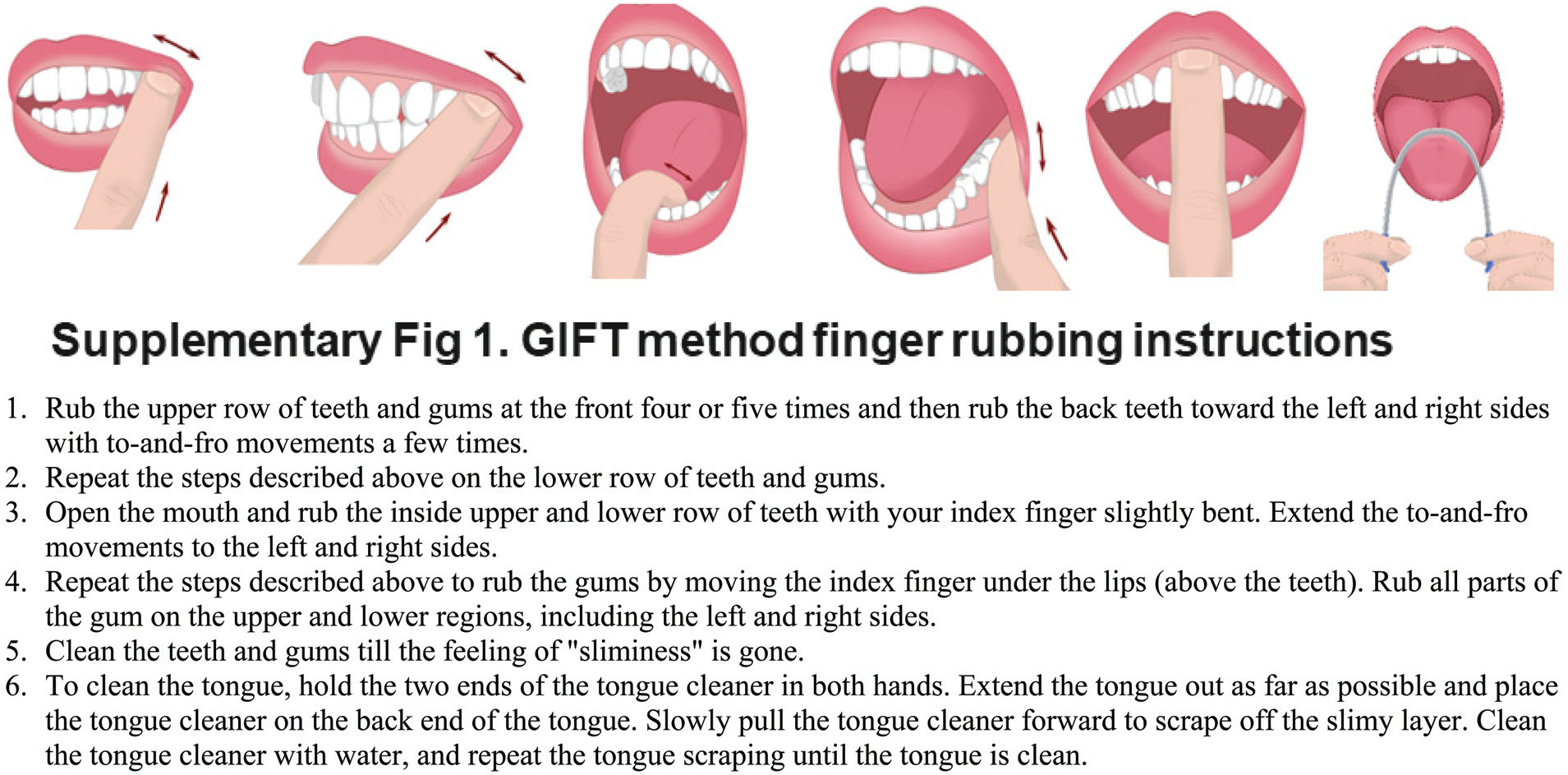
A Novel, Simple, Frequent Oral Cleaning Method Reduces Damaging Bacteria in the Dental Microbiota
Dental biofilm contains diverse microflora, including bacteria, viruses, fungi, and protozoa. These organisms colonize dental surfaces within a few hours of oral cleaning and subsequently interact with each other.
Undisturbed biofilms may promote the formation of calculus, demineralization, caries, gingival inflammation, and periodontal disease.Gingivitis affects 50%–90% of the adult population, and 47% of US adults have periodontitis. Therefore, frequent disruption of biofilms is essential in preventing plaque formation.
Many studies have shown that daily dental biofilm disruption by mechanical means (toothbrushing and interdental cleaning) prevents biofilm development and maturation. Although mechanical brushing with toothpaste removes a significant number of bacteria, tongue cleaning further enhances the cleaning effects of brushing, suggesting that tongue cleaning is critical for reducing the bacterial load.
Here we describe a novel oral-cleaning technique, which we term GIFTS (Gum and tooth rubbing with Index Finger and Tongue cleaning and water Swishing). The GIFTS method was initially designed as a control group in ongoing studies, where subjects were asked to use their index finger to reach and rub all parts of their mouth, including their gums and teeth, without a toothbrush, toothpaste, or tooth powder. We found the group that used GIFTS had significantly reduced bacterial counts compared to any of the other methods tested, including in two of the most aggressive dental damaging bacteria (DDB), Streptococcus mutans and Aggregatibacter actinomycetemcomitans.
Many pathogenic bacteria and Candida species adhere to plastic surfaces on brush heads, even after short exposure times.They then remain in toothbrushes for days or even weeks after brushing. As contaminated toothbrushes can reintroduce microorganisms into the oral cavity and promote transmission of oral disease and oral infection, the GIFTS method might be expected to help overcome these problems.
The specific experimental operations are as follows:
After breakfast and sample collection on day 1 to day 10 before the second sample collection, subjects performed one of the three oral cleaning methods:
Toothpaste brushing and tongue cleaning twice a day in the morning and at bedtime (BT): Subjects were instructed to brush with 100mg of sodium fluoride–containing toothpaste followed by tongue cleaning. Tongue cleaning was accomplished using a curved, stainless steel scraper to gently clean the tongue five times, followed by thorough rinsing of the oral cavity three times with water.
Cleaning of gums and teeth by rubbing with an index finger, tongue cleaning, and water swishing (GIFTS): Subjects were instructed to thoroughly rub their teeth and gums with their index finger, followed by tongue cleaning and water swishing. In addition to morning and bedtime GIFTS cleaning, subjects also performed GIFTS after every meal, snack, or drink (i.e., 6–8 times a day).
GIFTS method twice a day in the morning and at bedtime with nano-char cknowledgement coal (CT): Subjects were instructed to perform the GIFTS method, as aforementioned, using approximately 100mg activated charcoal powder twice a day in the morning and at bedtime.
The experimental results show, In the tongue samples, the GIFTS and CT cleaning methods significantly reduced early Firmicutes colonizers. Interestingly, the BT method showed a more significant reduction in bacteria of the middle Actinobacteria and Proteobacteria colonizers. There was a substantial reduction in Fusobacterium in tongue samples, indicating that all three methods can prevent purple-complex bacteria from interacting with red-complex bacteria that would otherwise allow the biofilm to mature into pathogenic plaques.
In salivary samples, BT and CT but not GIFTS samples showed a significant increase in Streptococcus species, suggesting that GIFTS prevents the growth of acid-producing early colonizers.
In the plaque samples, the GIFTS but not the BT and CT cleaning method resulted in a significant reduction in early colonizers such as Streptococcus.
This study showed that GIFTS significantly reduced several biofilm genera, likely because the frequent rinsing with water in the GIFTS method removes food particles that would otherwise be metabolized by bacteria and support bacterial growth. This method is suitable for young children and adults and allows for frequent cleaning of the mouth without abrading tooth enamel. The GIFTS method is not a replacement for brushing, but can be used as a supplement after snacks, meals, or beverages to prevent biofilm from forming before plaque forms.
Share


